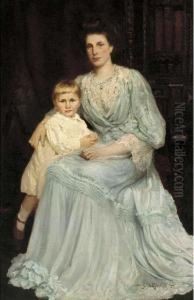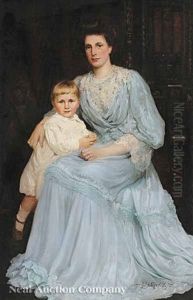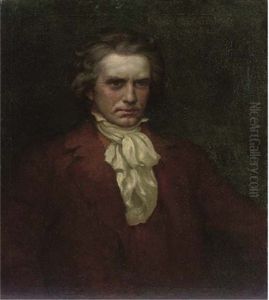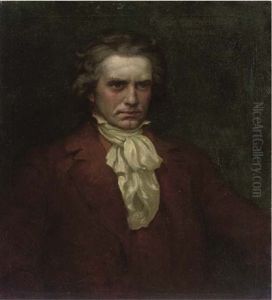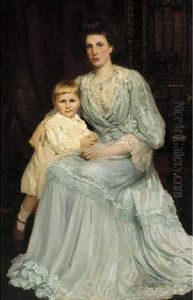William J. Medcalf Paintings
William J. Medcalf was an American artist known primarily for his work as an illustrator. Born in 1920, Medcalf grew up during a time when the Golden Age of Illustration was starting to wind down, but its influences were still prevalent in commercial art. He is most recognized for his contributions to advertising and pin-up art, a genre that he helped to define during the mid-20th century.
Medcalf's career as an illustrator began to take shape shortly after he graduated from high school. He honed his skills at the American Academy of Art in Chicago, where he studied under the tutelage of respected artists and educators. His education was interrupted by World War II, during which he served in the military. After the war, he returned to his studies and quickly transitioned into professional work.
In the post-war years, Medcalf found success as a commercial artist, working for various clients including Brown & Bigelow, a company famous for producing calendars. It was here that Medcalf's talent for pin-up art came into the spotlight. He created images of attractive, idealized women, often in whimsical or domestic settings, which were then reproduced on calendars, posters, and other promotional materials. His style was characterized by its clean lines, attention to detail, and a certain wholesome allure that was popular during the 1950s and 1960s.
Throughout his career, Medcalf's illustrations were widely distributed and admired. He became one of the prominent illustrators of the time, alongside names like Gil Elvgren and Alberto Vargas. Although pin-up art was his most famous genre, Medcalf was a versatile artist who could produce work in a variety of styles and for different purposes, including story illustrations for magazines and advertisements for major brands.
Despite the decline in traditional illustration with the advent of photography and digital art, Medcalf continued to work and adapt. He remained active in the art community, passing on his knowledge to younger generations of artists. William J. Medcalf died in 2000, leaving behind a legacy as one of the notable American illustrators of the 20th century. His work continues to be celebrated by collectors and enthusiasts of vintage illustration and pin-up art.
